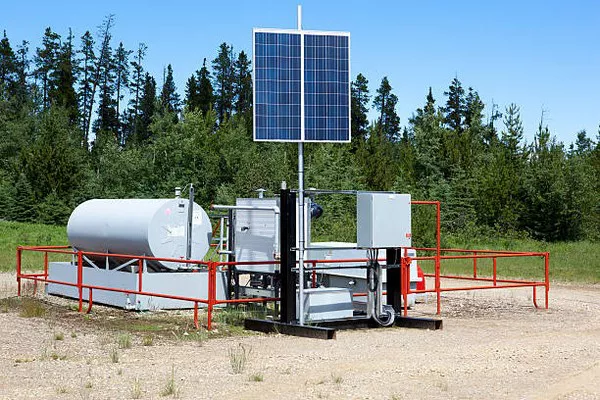Generators play a crucial role in providing backup power during outages and in powering remote locations where electricity from the grid is unavailable. While their importance is undeniable, the inner workings of generators might seem complex to many. However, understanding the basic principles behind their operation can demystify this technology. In this article, we’ll delve into the fundamental mechanisms of how generators work, simplifying the process for easy comprehension.
Generator Overview
At its core, a generator is a device that converts mechanical energy into electrical energy. This conversion is made possible through the principle of electromagnetic induction, discovered by Michael Faraday in the early 19th century. A generator consists of several key components, including a rotor, stator, and an external mechanical energy source, such as an engine or turbine.
Principle of Electromagnetic Induction
To comprehend how a generator functions, it’s essential to grasp the principle of electromagnetic induction. When a conductor, such as a wire, moves through a magnetic field or when the magnetic field around a conductor changes, it induces an electromotive force (EMF) or voltage across the conductor. This phenomenon is the foundation of generator operation.
Key Components and Their Functions
Rotor: The rotor is the rotating component of the generator. It typically consists of a coil of wire wound around an iron core. When the rotor rotates within the magnetic field, an EMF is induced across the coil due to electromagnetic induction.
Stator: The stator is the stationary part of the generator and surrounds the rotor. It comprises multiple coils of wire arranged in a specific configuration to generate a magnetic field when supplied with electrical current. The interaction between the magnetic field produced by the stator and the rotating magnetic field of the rotor induces voltage in the stator windings.
Exciter: In larger generators, an exciter is employed to supply the initial magnetic field to the rotor. The exciter is a small generator mounted on the same shaft as the main rotor. It produces a small amount of electrical power to energize the rotor windings, initiating the generation process.
Generator Operation
The operation of a generator can be summarized in the following steps:
Mechanical Energy Input: The generator is connected to an external mechanical energy source, such as an engine or turbine. This source provides the necessary rotational motion to the generator’s rotor.
Electromagnetic Induction: As the rotor spins within the magnetic field produced by the stator, electromagnetic induction occurs. The changing magnetic field induces an alternating current (AC) voltage in the stator windings.
Output Voltage Generation: The alternating voltage generated in the stator windings is conducted through the generator’s terminals to power external loads or to charge a battery in the case of standby generators.
Voltage Regulation: To maintain a stable output voltage, generators are equipped with voltage regulators. These devices monitor the generator’s output voltage and adjust the excitation current to the rotor accordingly, ensuring consistent voltage levels under varying load conditions.
Types of Generators
Generators can be classified based on their design, application, and mode of operation. The two primary types of generators are:
Alternating Current (AC) Generators: AC generators produce alternating current, wherein the direction of current flow reverses periodically. Most generators used in residential, commercial, and industrial applications are AC generators.
Direct Current (DC) Generators: DC generators produce direct current, wherein the flow of electric charge is unidirectional. While less common in modern applications, DC generators are still used in specific applications such as battery charging and certain industrial processes.
Applications of Generators
Generators find widespread use across various industries and settings, including:
Emergency Backup Power: Generators serve as a reliable backup power source during utility outages, ensuring continuous operation of essential equipment and facilities such as hospitals, data centers, and telecommunications networks.
Remote Power Generation: In remote locations where grid electricity is unavailable, generators provide the primary source of power for residential, commercial, and industrial purposes.
Construction and Mining: Generators power construction equipment, mining machinery, and temporary job sites where access to grid power is limited or impractical.
Marine and Aerospace: Generators are integral to marine vessels, aircraft, and spacecraft, providing onboard power for propulsion, navigation, communication, and other systems.
See Also What Is The Average Cost Of A Whole Home Generator
Conclusion
Generators play a vital role in ensuring a stable and reliable supply of electrical power across various applications. By harnessing the principles of electromagnetic induction, generators convert mechanical energy into electrical energy, providing a versatile solution for backup power, remote power generation, and numerous industrial applications. Understanding the basic functioning of generators empowers users to make informed decisions regarding their selection, operation, and maintenance.

